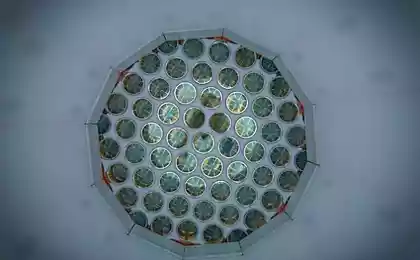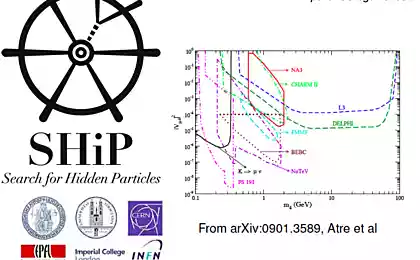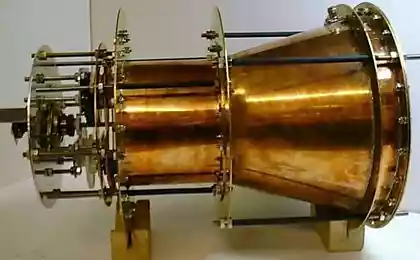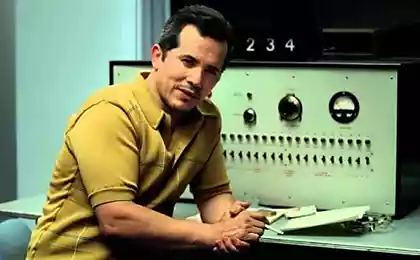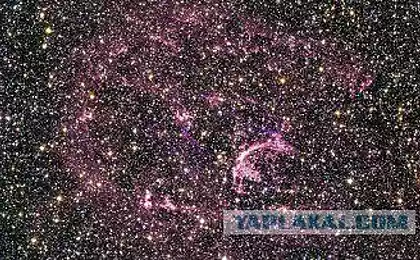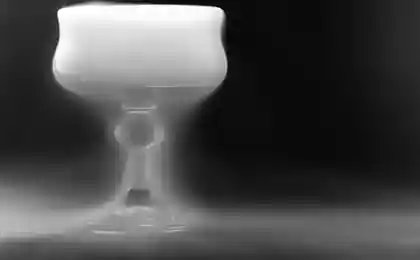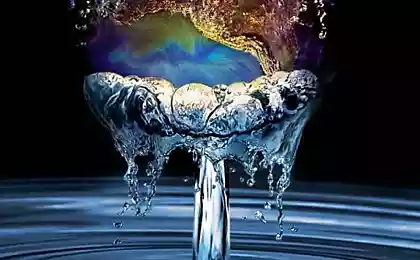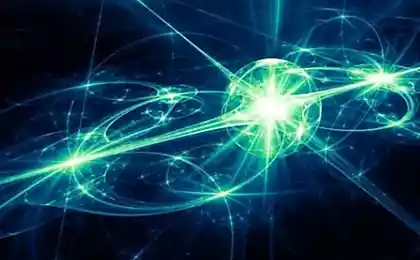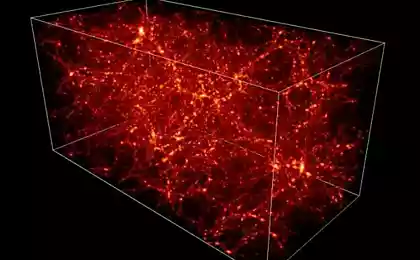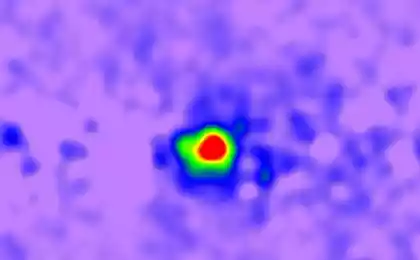179
A new form of matter – a supersolid crystalline superfluid
Using lasers to manipulate a superfluid quantum gas known as a Bose-Einstein condensate, MIT physicists have placed this condensate in a quantum state in which it has a solid crystalline structure while retaining its original property of a superfluid having a zero viscosity coefficient.
Further research into this impossible state of matter could lead to breakthroughs in the practical use of superconductors, superfluids, new types of magnets, and sensors that measure values of different physical quantities.
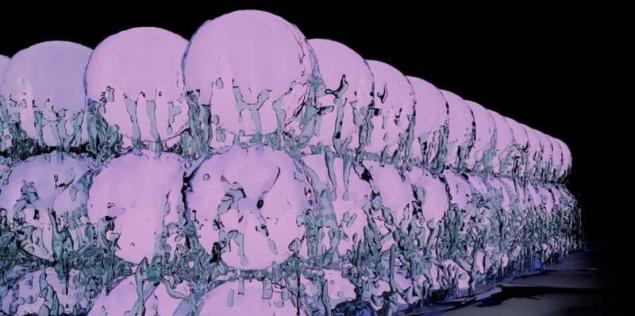
“It was very paradoxical to get a material that combines the properties of superfluid and hardness,” says Professor Wolfgang Ketterle, head of the scientific team, “If your coffee was superfluid, it would continue to rotate indefinitely after you disturbed it in the cup with a spoon.” And in this case, it would continue to rotate unchanged, turning into ice inside the freezer.”
Physicists have theoretically substantiated the possibility of the existence of supersolid particles for a long time, but such a state of matter has never been obtained in any of the laboratories. From a theoretical point of view, this should look like this: helium, cooled to a solid state, should be subjected to an effect that causes its atoms to shift inside the crystal lattice by a certain amount relative to each other. And at some point, such helium would regain superfluid properties at the same time as superhardness properties.
The scientists used a combination of laser evaporation and cooling techniques to obtain a rarefied gas of sodium atoms cooled to a temperature of several nanoKelvins, i.e. as close as possible to the temperature of absolute zero. And, at a certain point, this cloud acquired a state of Bose-Einstein condensate, a superfluid state in which the entire condensate behaves like one large quantum object.
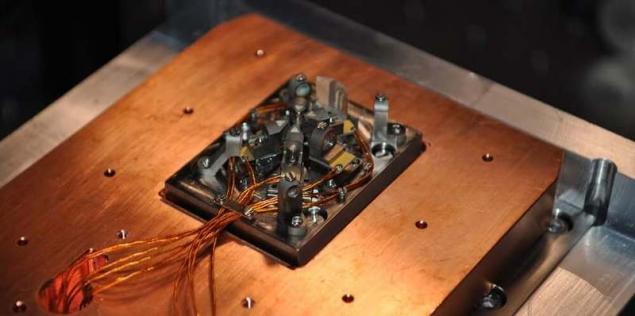
In order to cause the appearance of a supersolid state of the resulting Bose-Einstein condensate, the scientists used the method of laser control and spin coupling. Half of the condensate atoms were placed in one quantum state, determined by the direction of their rotation (spin), and the second part of the atoms in another quantum state. Using the light of additional lasers, the scientists forced atoms of one part of the Bose-Einstein condensate to exchange their spin with the atoms of the second part of the condensate.
As a result, the two parts of the Bose-Einstein condensate formed a spin adhesion, and according to existing theories, such a condensate should have become a superbody due to the phenomenon of direct “density modulation”. The density of the superbody is not a constant value, as in a crystalline body, in the volume of the superbody there are seals called “band phases”, propagating like waves.
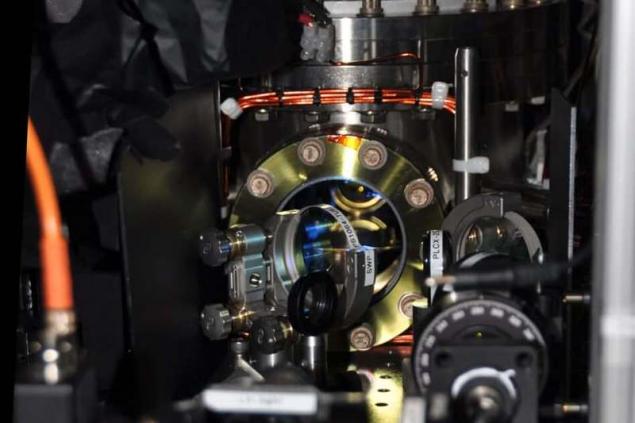
The most difficult task faced by scientists was the direct observation of “density modulations”, which was produced using a beam of light of an additional laser. “Getting a superbody turned out to be quite simple,” says Junru Li, one of the researchers, “It is much more difficult to solve the problem of accurately aligning all the laser beams and ensuring their synchronization with the beams that make observations of the band phase of matter.”
At present, matter in the superbody state can only exist at extremely low temperatures in a very deep vacuum. However, scientists have already planned experiments on the new technique, which will be carried out under slightly different conditions, which will help them to better understand the structure of superbodies, the basics of the phenomenon of spin clutch and other things that in the future can be put in the service of people.
P.S. And remember, just changing our consumption – together we change the world!
Source: ecotechnology
Further research into this impossible state of matter could lead to breakthroughs in the practical use of superconductors, superfluids, new types of magnets, and sensors that measure values of different physical quantities.

“It was very paradoxical to get a material that combines the properties of superfluid and hardness,” says Professor Wolfgang Ketterle, head of the scientific team, “If your coffee was superfluid, it would continue to rotate indefinitely after you disturbed it in the cup with a spoon.” And in this case, it would continue to rotate unchanged, turning into ice inside the freezer.”
Physicists have theoretically substantiated the possibility of the existence of supersolid particles for a long time, but such a state of matter has never been obtained in any of the laboratories. From a theoretical point of view, this should look like this: helium, cooled to a solid state, should be subjected to an effect that causes its atoms to shift inside the crystal lattice by a certain amount relative to each other. And at some point, such helium would regain superfluid properties at the same time as superhardness properties.
The scientists used a combination of laser evaporation and cooling techniques to obtain a rarefied gas of sodium atoms cooled to a temperature of several nanoKelvins, i.e. as close as possible to the temperature of absolute zero. And, at a certain point, this cloud acquired a state of Bose-Einstein condensate, a superfluid state in which the entire condensate behaves like one large quantum object.

In order to cause the appearance of a supersolid state of the resulting Bose-Einstein condensate, the scientists used the method of laser control and spin coupling. Half of the condensate atoms were placed in one quantum state, determined by the direction of their rotation (spin), and the second part of the atoms in another quantum state. Using the light of additional lasers, the scientists forced atoms of one part of the Bose-Einstein condensate to exchange their spin with the atoms of the second part of the condensate.
As a result, the two parts of the Bose-Einstein condensate formed a spin adhesion, and according to existing theories, such a condensate should have become a superbody due to the phenomenon of direct “density modulation”. The density of the superbody is not a constant value, as in a crystalline body, in the volume of the superbody there are seals called “band phases”, propagating like waves.

The most difficult task faced by scientists was the direct observation of “density modulations”, which was produced using a beam of light of an additional laser. “Getting a superbody turned out to be quite simple,” says Junru Li, one of the researchers, “It is much more difficult to solve the problem of accurately aligning all the laser beams and ensuring their synchronization with the beams that make observations of the band phase of matter.”
At present, matter in the superbody state can only exist at extremely low temperatures in a very deep vacuum. However, scientists have already planned experiments on the new technique, which will be carried out under slightly different conditions, which will help them to better understand the structure of superbodies, the basics of the phenomenon of spin clutch and other things that in the future can be put in the service of people.
P.S. And remember, just changing our consumption – together we change the world!
Source: ecotechnology
Silver against 650 types of bacteria!
10 secrets that will help you to distinguish a real banknote from a fake

